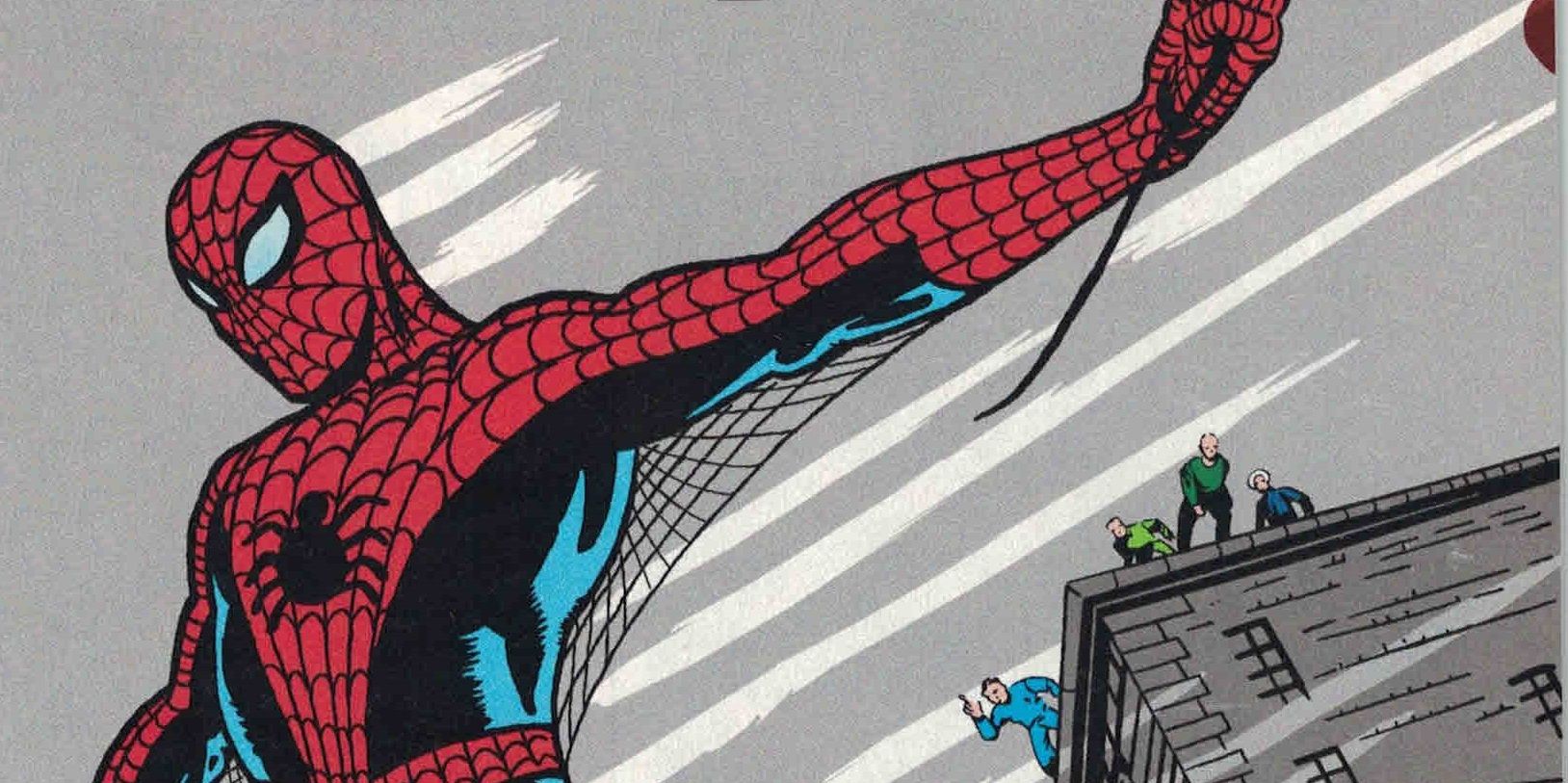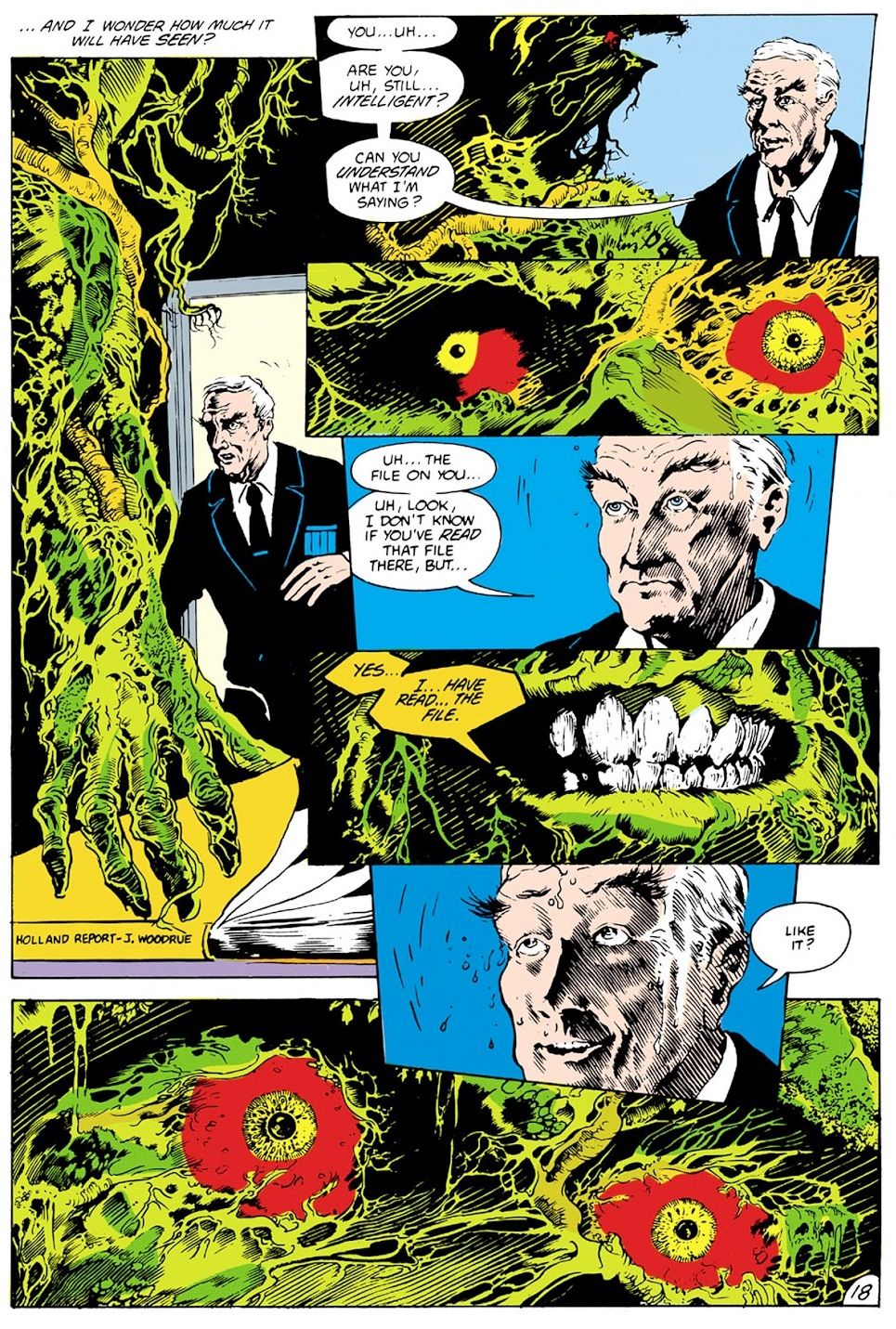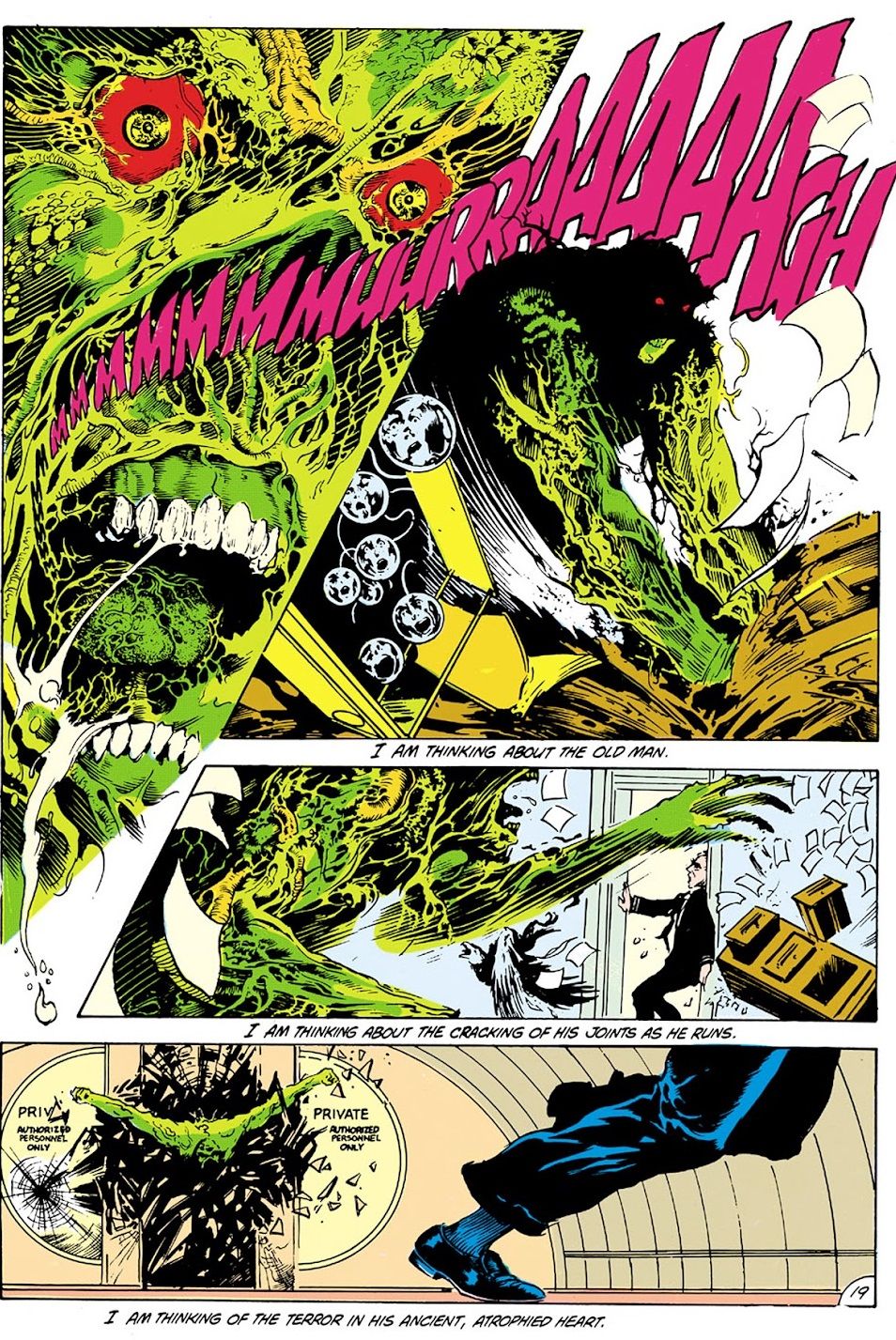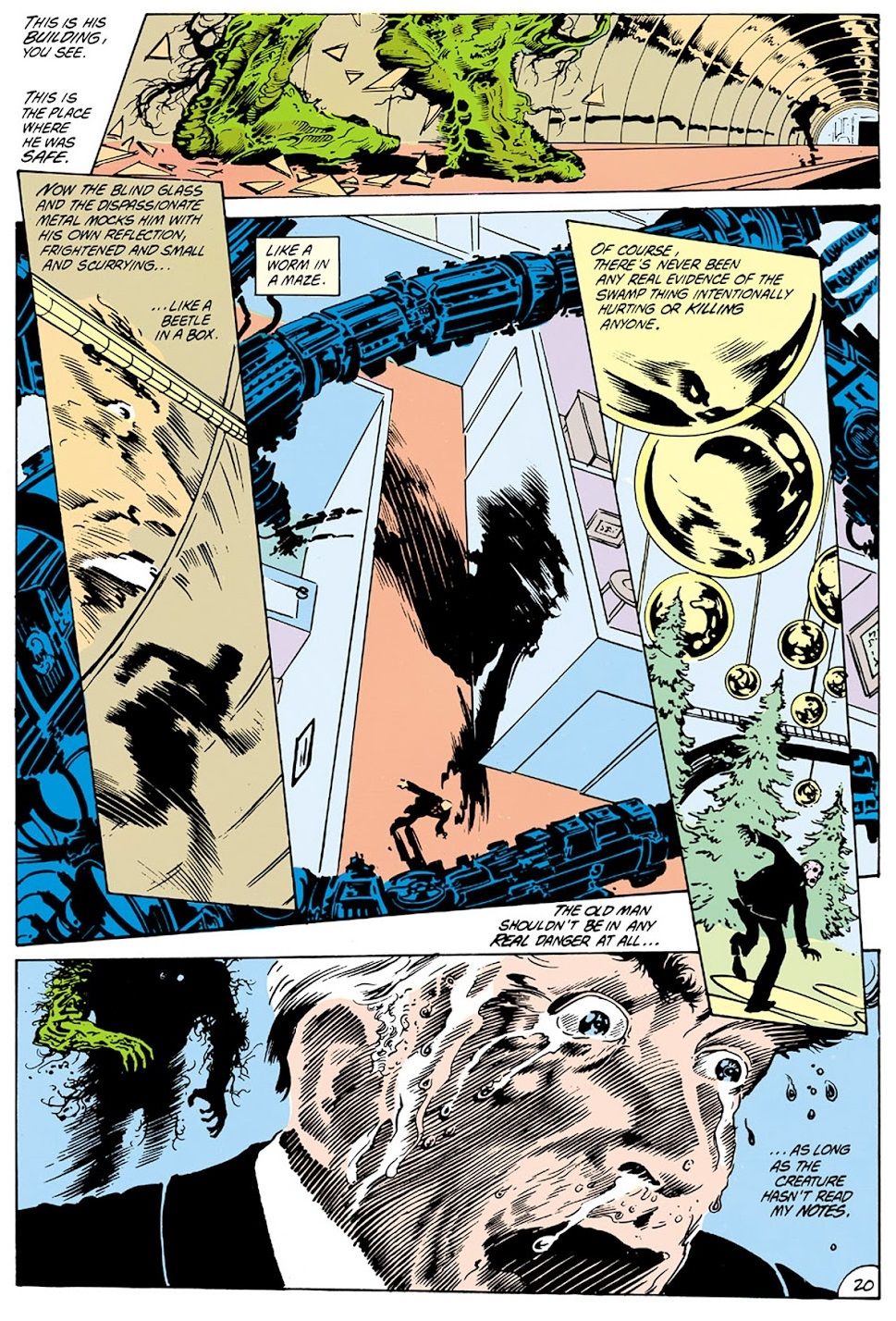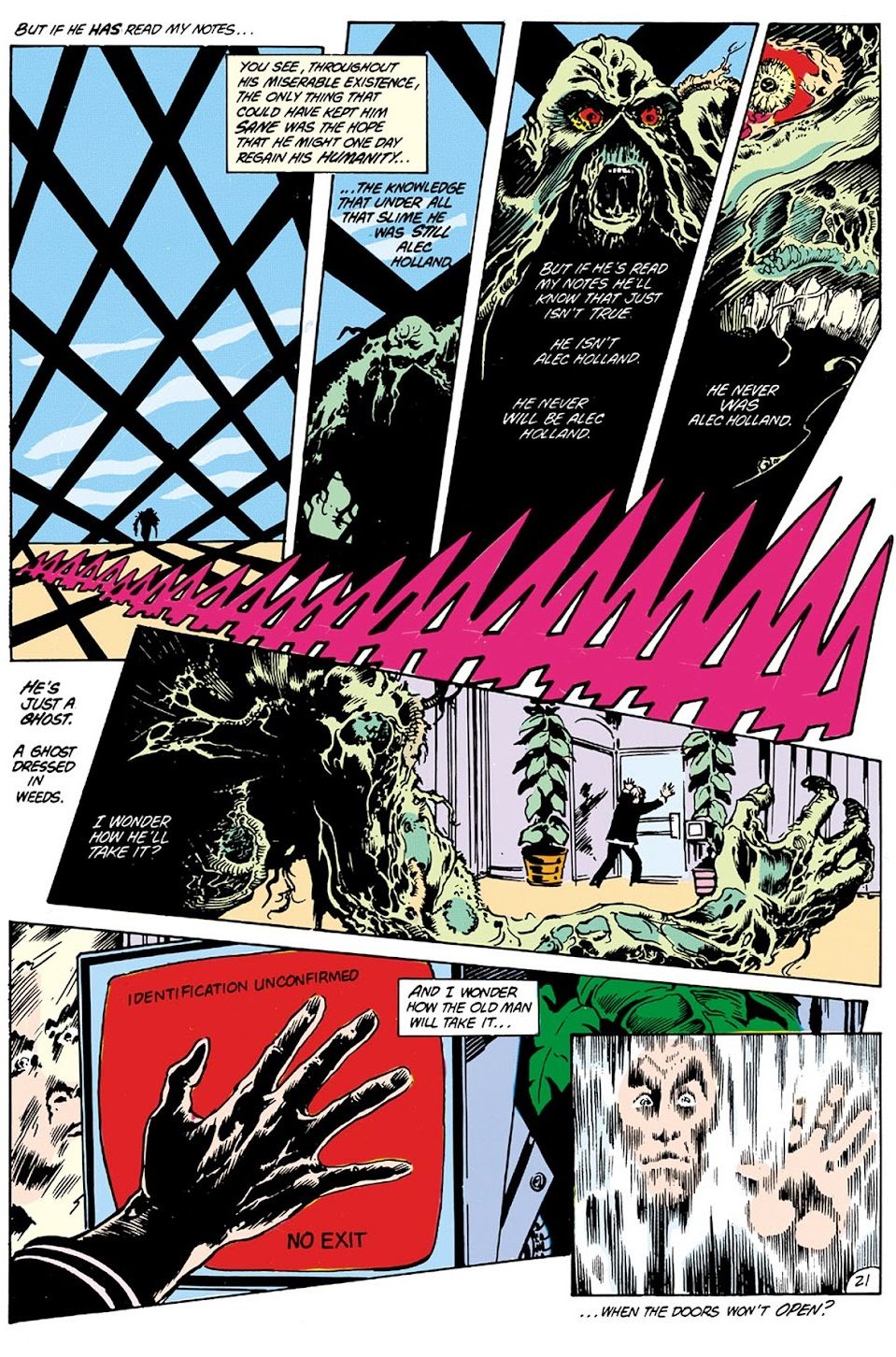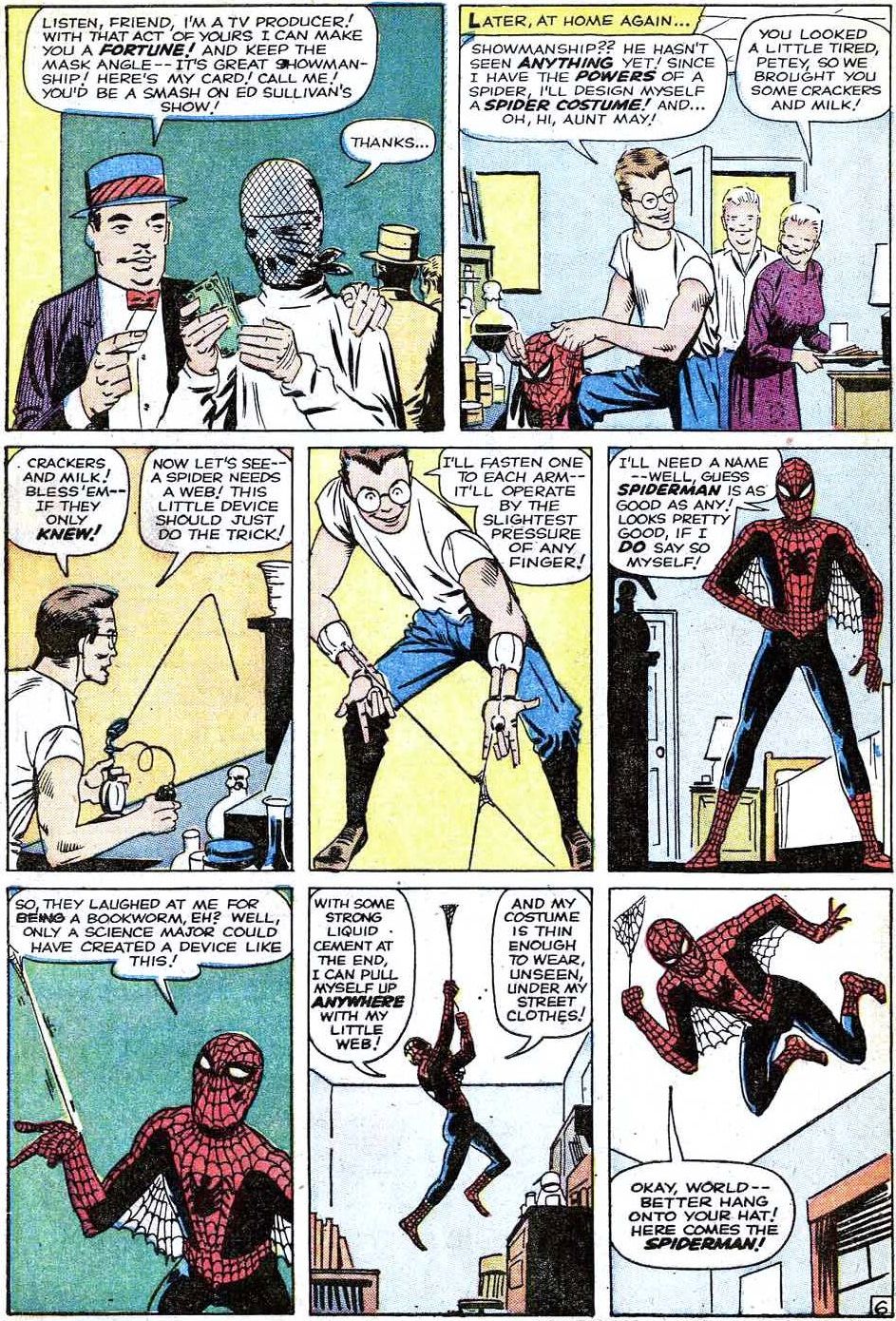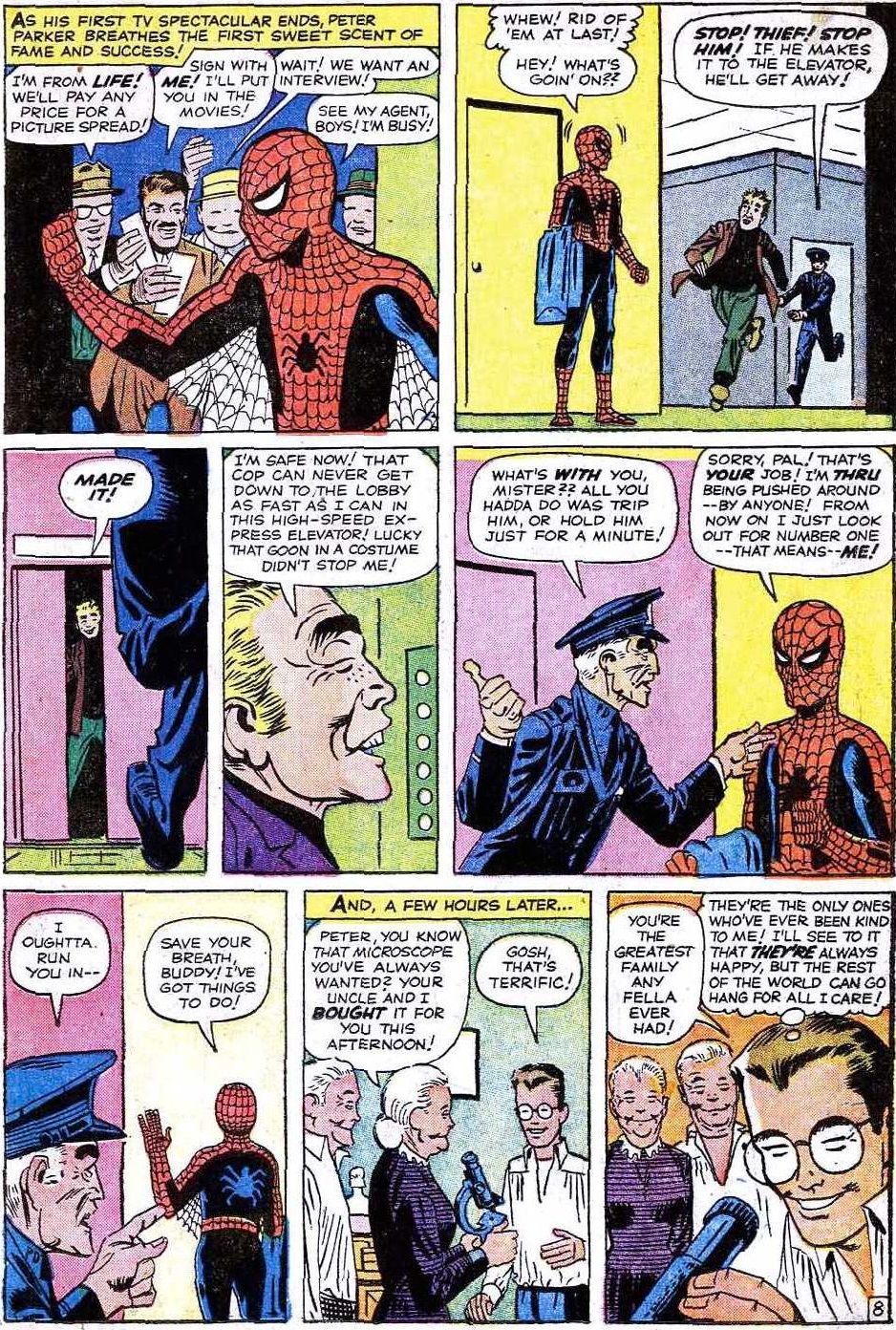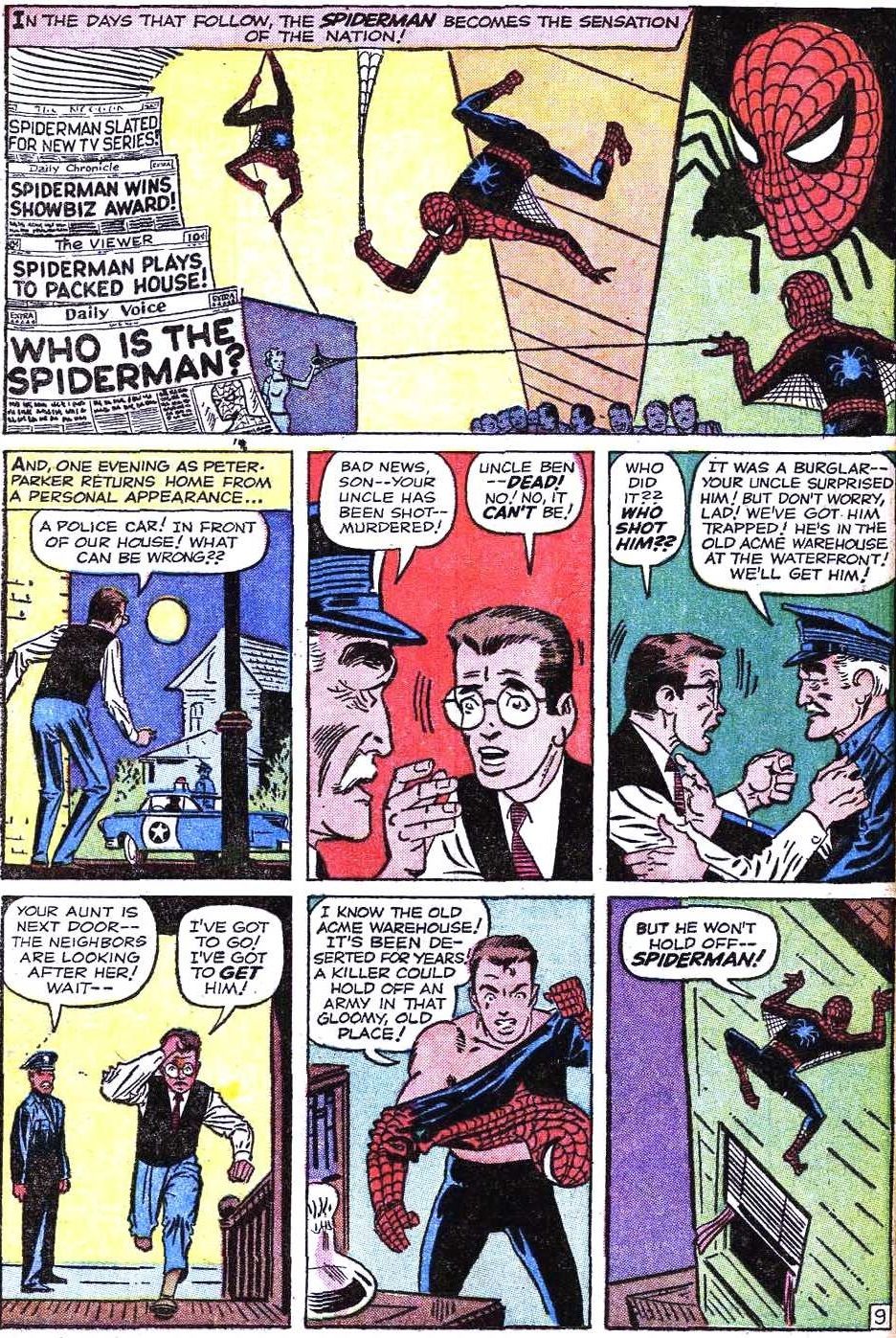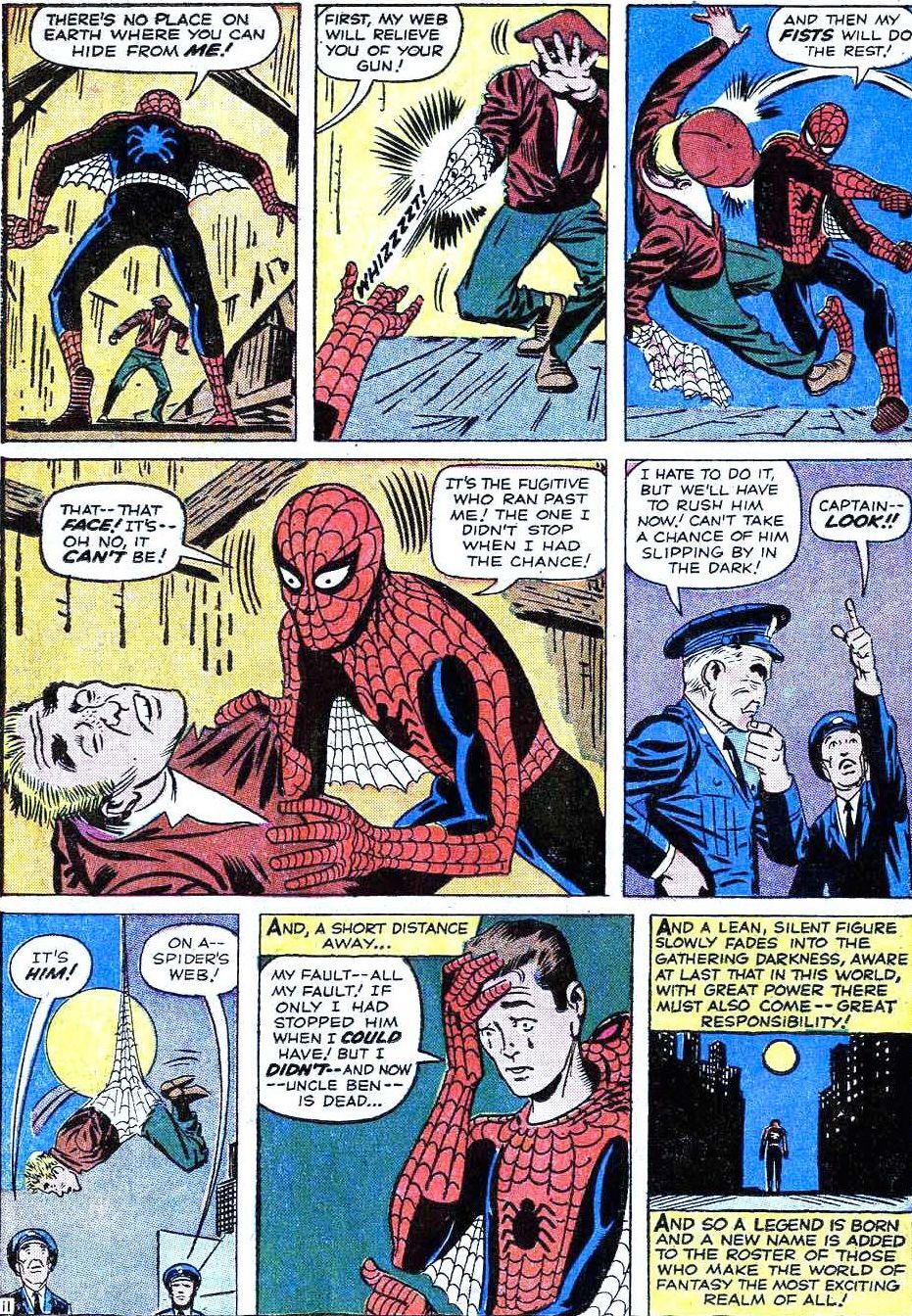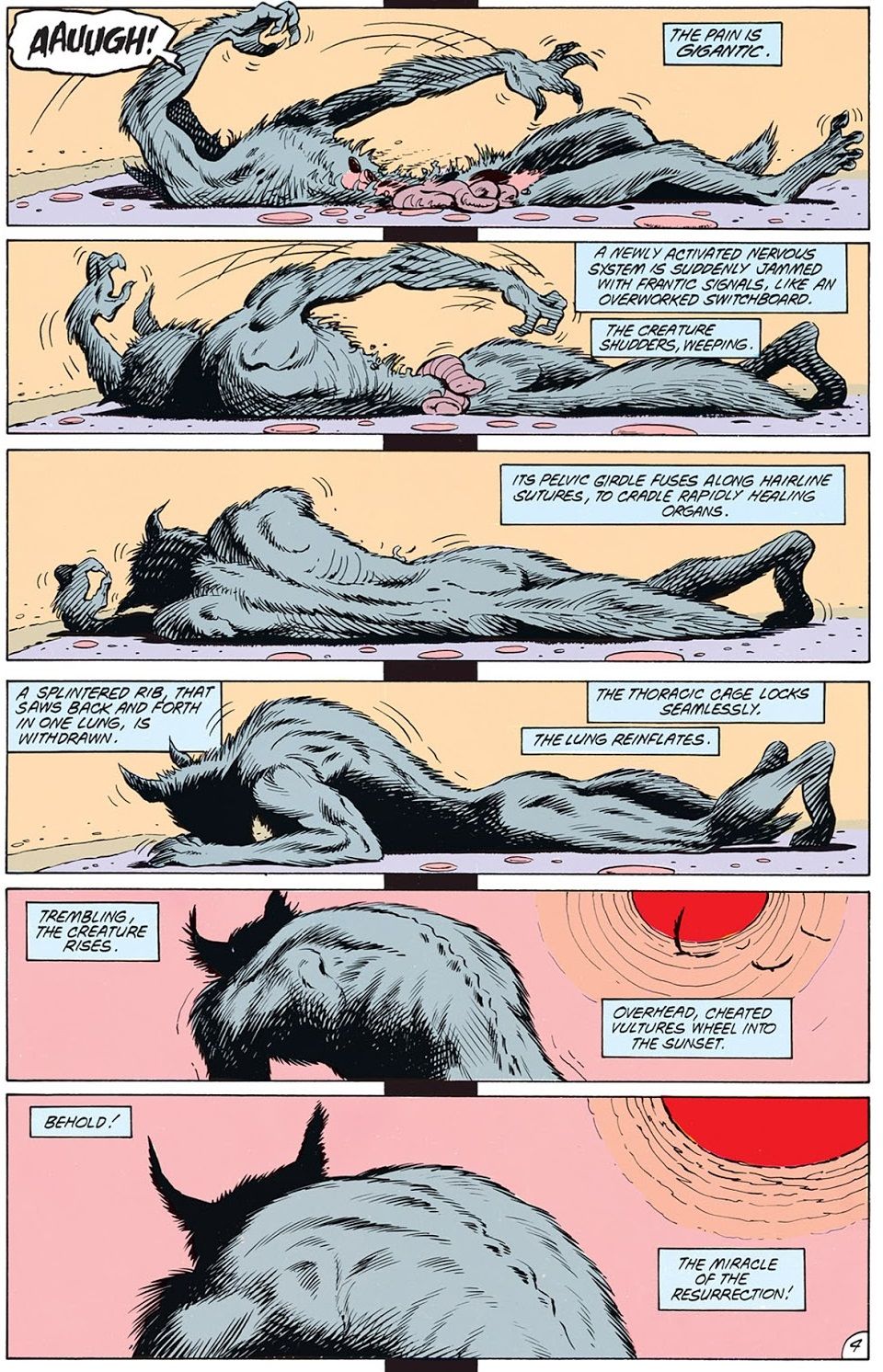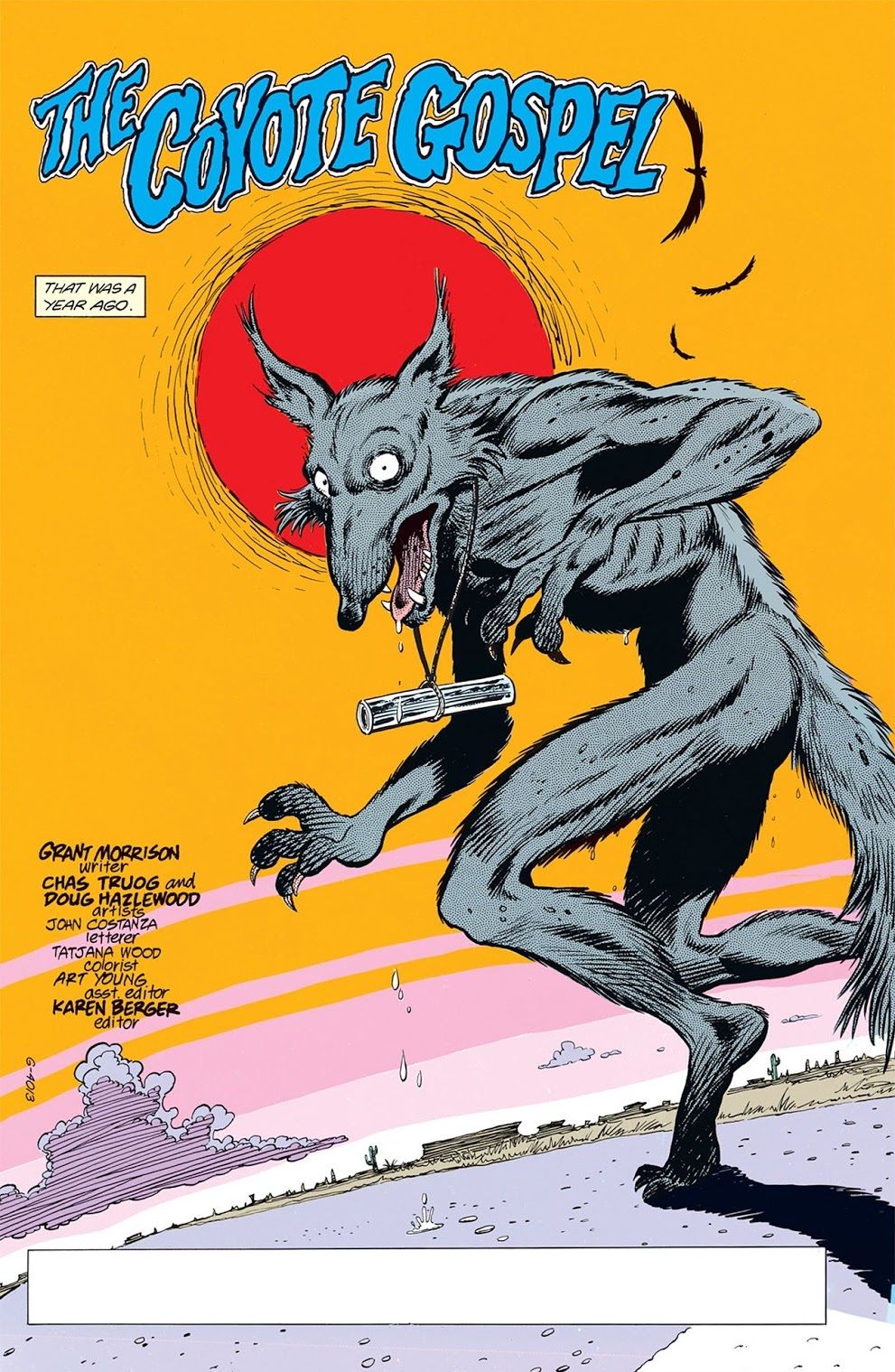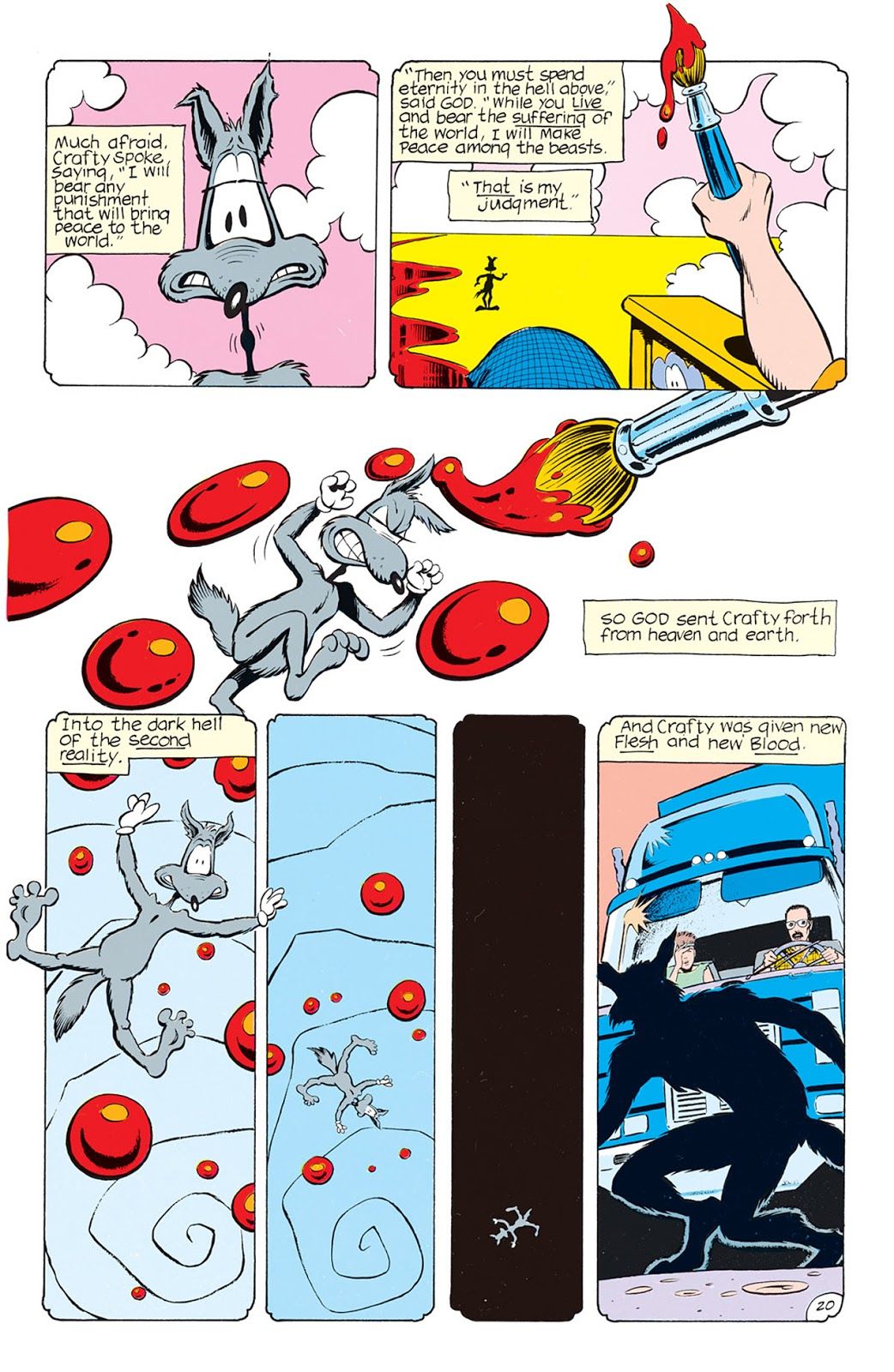You voted and now we continue our countdown of your votes for the top comic book one shots and "done in one" stories!
Enjoy!
6. "The Anatomy Lesson" Saga of the Swamp Thing #21 (1983)
People often forget that Alan Moore took over Saga of the Swamp Thing with the previous issue, where he wrapped up a number of the plotlines of the previous Martin Pasko run and ended the story with Swamp Thing seemingly being assassinated as part of the conspiracy of the evil Cumberland Corporation. His body is taken to a remote offsite where Jason Woodrue, the supervillain known as the Florenic Man, is brought in to study the body of Swamp Thing. Woodrue makes a shocking discovery that turns the whole series upside down.
As it turns out, the entire time that Alec Holland was supposedly transformed into a walking pile of swamp plants, it was actually that the swamp plants had been convinced that they were Alec Holland. In other words, Holland was never Swamp Thing. Thus, Swamp Thing is no longer human. That shocking result was too much for Swamp Thing to handle when he read his file and when the bad guy runs into him, well, it is not a good sight for him to see. Stephen Bissette and John Totleben perfectly capture the horror of this sequence...
Alan Moore blew everyone's mind with this story, one of the greatest "Everything you thought you knew is wrong" stories of all-time.
5. "Spider-Man!" Amazing Fantasy #15 (1962)
What makes the origin story of Spider-Man so especially remarkable is that Stan Lee and Steve Ditko did the whole thing in the length of a typical story in one of Marvel's many horror and science fiction anthologies of the time. Lee had created Amazing Adult Fantasy as a spotlight for Ditko's particular brand of stories, the really clever stuff that did not rely as much on action. With the success of the Fantastic Four, however, Lee was slowly transforming those anthologies into superhero titles and this time it was Amazing Adult Fantasy's time, as it dropped the "adult" part to introduce a new hero who was, in a rarity for the time, a teenager.
In just a few short pages, young Peter Parker has been bitten by a spider and is already developing webspinners and a costume...
In another novel idea at the time, Spider-Man is a bit of a JERK for much of the story. He lets a crook get away because, well, why should Spider-Man care?
Then he learns that his beloved uncle has been murdered...
He uses his powers to bring the killer to justice and, of course, it is the same guy that he let go free earlier. How awesome of a twist is that? That then set up the foundation for one of the greatest superheroes of all-time...
It is still remarkable how much Ditko and Lee packed into that short story.
Page 2: [valnet-url-page page=2 paginated=0 text='The countdown continues with #4!']
4. "The Coyote Gospel" Animal Man #5 (1988)
One of the through points of Grant Morrison's run on Animal Man is that no one really seems to know what is going on in the world and why things happen to people. A man has turned his life around and is now driving a truck through the desert. He has picked up a hitchhiker but then he accidentally runs over a coyote. The coyote does not die...
Beautiful work by artists Chas Truog and Doug Hazlewood. The man's life begins to fall apart over the next year, so he returns to the desert to kill the "devil" coyote. We then learn that, of course, this is basically Wile E. Coyote from the Looney Tunes universe. He has grown sick of the constant fighting in his universe and he appealed to his creator (the artist behind the cartoon) to let him do something to save his people. He is then sent to the "real world" and the coyote thinks all of this suffering is for the sake of his people. He continues to heal from all wounds, just like in the cartoons, but it is much grosser now. However, when he hands his "gospel" to Animal Man, when the hero shows up halfway through the battle, Buddy cannot read it...
"Crafty" does not realize that while he thinks he is in a world controlled by the "creator," he is still in a comic book built for a whole other force of people - the readers. So Crafty's sacrifice is ultimately meaningless. Similarly, the man hunting Crafty blames Crafty for his life going to hell, but obviously Crafty had nothing to do with it.
Eventually, the artist allows Crafty to die, in an act of mercy (with Crafty lying on the highway as if he was on a cross). This is a metafictional angle that Morrison will return to later in the series (the creator having mercy on his creations). This issue really let people know how different this series was going to be from most other comic book series (not that the previous four issues didn't already make that fairly obvious - this issue, though, added the metafiction angle that the series would soon become famous for).

